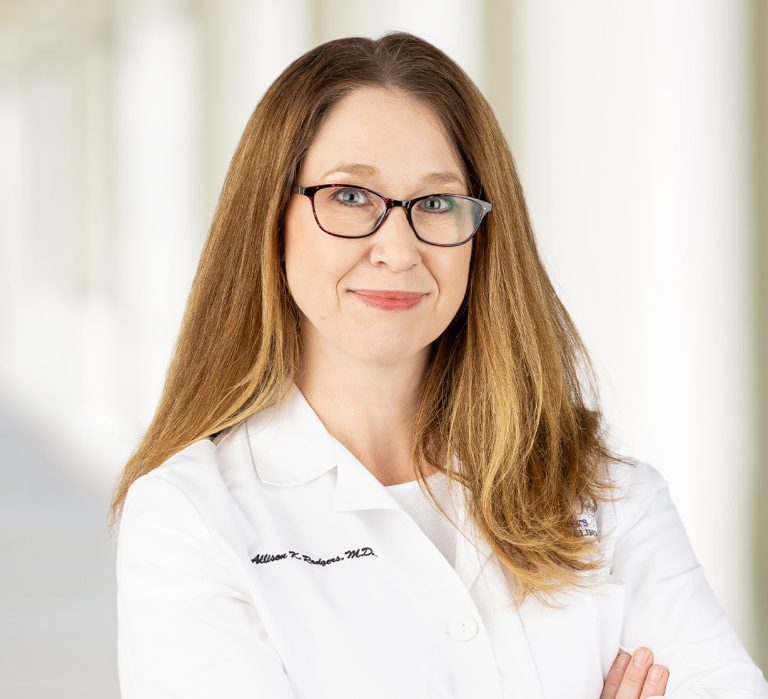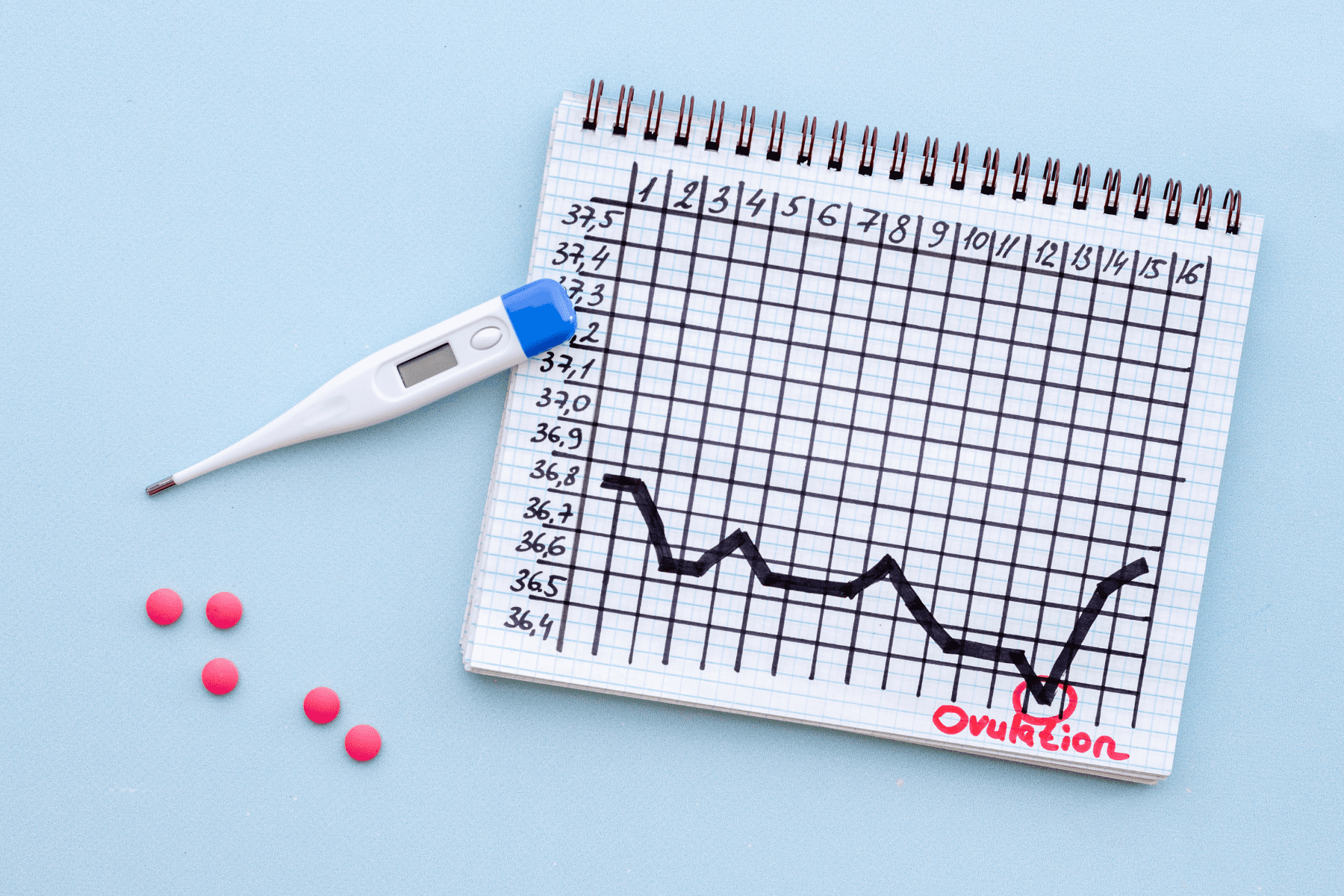Approximately 1.5% of babies born in the US are conceived with In Vitro Fertilization (IVF). As we strive for increased success, we also strive to make it as safe as possible for both the patient and resulting pregnancies. As reproductive endocrinologists, we plan treatment protocols to minimize patients risk with the goal of healthy singleton pregnancies.
Ovarian hyperstimulation syndrome (OHSS) is the most common complication following IVF and occurs in approximately 1-5% of cycles. We make every attempt to try to identify patients at risk for OHSS and plan treatment strategies to reduce their risks of complications. Even with precautions and careful planning, OHSS can occur.
OHSS is an exaggerated response to controlled-ovulation stimulation. This is typically self-limited but can be prolonged in setting of pregnancy. Pathophysiology is not clearly understood but has been identified as being mediated by Vascular Endothelial Growth Factor (VEG-F). Also, we know that OHSS is fueled by Human Chorionic Gonadotropin (HCG) either from the “trigger” injection required to mature oocytes before retrieval or HCG that comes directly from the resulting pregnancy. Symptoms that arise from the HCG trigger injection peak 5 days after retrieval. When symptoms result from HCG from the pregnancy, they peak at 3.5-6 weeks gestation.
We identify women at risk for OHSS to ensure that safety strategies are added to their treatment regimen. Typically women are at highest risk who are those with the following: age under 30, Low BMI <25, High Antral Follicle count >20, High AMH >5 ng/mL, History of OHSS in the past, or Polycystic Ovary Syndrome (PCOS).
While there is little clinical data to support it, women who are at high risk are advised to consume a high sodium and high protein diet after their oocyte retrieval along with generous hydration with electrolyte-rich fluids such as sports drinks. With over 1000mg of sodium and 25 g of protein, a McDonald’s double cheeseburger might be just what the doctor ordered.
Because VEG-F causes vascular permeability, patients can develop ascites. This results in weight gain, and in more severe cases: hyperkalemia, hyponatremia, hemo-concentration, leukocytosis, dyspnea, hypo-albuminemia, and pleural effusion. Rarely, in critical cases, life threatening complications such as thromboembolic events, cardiac arrhythmias, renal failure, and respiratory compromise can be encountered.
When OHSS does occur, most cases are mild and handled as outpatients. There are rare occasions when patients might present to an emergency room for evaluation in more severe cases. If patients develop uncomfortable ascites with more severe OHSS, a transvaginal culdocentesis can be performed in the office.
We do this similar to an egg retrieval but instead of withdrawing follicular fluid, we can drain ascites fluid from the posterior cul-de-sac under ultrasound guidance. Patients typically have significant symptom relief after this procedure. When a culdocentesis is performed, often 1.5-3 liters is able to be drained.
Since patients can present intravascularly deplete with hyponatremia, normal saline should be the fluid of choice. Albumin riders can also be added to their Intravenous fluids. When hemo-concentration is encountered, enoxaparin and baby Aspirin can be started.
OHSS prevention is better than treatment
For patients who have risk factors for OHSS, we can plan treatment protocols to decrease their risk. One option is to lower their dose of gonadotropins to keep their estrogen levels in a lower range. Another main strategy is to change the type of trigger we are using. Since HCG is what stimulates VEGF, we can often use a GNRH agonist trigger (Lupron) to cause a surge of LH from the patients’ pituitary that causes egg maturation.
This technique is incredibly useful because patients do not develop OHSS, but does have some pitfalls:
- This can only be used in a GNRH antagonist protocol.
- It cannot be used for patients who have hypothalamic amenorrhea as it requires a pituitary that is responsive to the medication.
- This causes a disruption in the uterine lining that can interfere with embryo implantation- because of this often we will freeze all embryos to prevent hyperstimulation and subsequently perform a frozen embryo transfer.
Because using a GNRH agonist trigger causes decreased pregnancy rates in a fresh cycle, often, we will give a combination of the GNRH agonist trigger along with a small amount of HCG to “rescue” the corpus luteum and endometrial lining from the detrimental effects of the Lupron. This has been shown to normalize pregnancy rates compared to the GNRH agonist alone.
If patients are feeling worse instead of better after their egg retrieval or at high risk for developing OHSS, we will often cryopreserve all of their embryos to reduce the risk of severe OHSS. When this is done, symptoms peak 5 days after retrieval (typical day of transfer) and resolve typically on their own by the time of the next menses starts. Many of us will use cabergoline, a dopamine 2 receptor agonist, or even Metformin as these have been shown to decrease incidence of severe hyperstimulation without decreasing pregnancy rates.
In summary, OHSS is an uncommon and typically mild complication of IVF treatment. In rare cases, it can become severe. Outpatient management with culdocentesis is often the best approach for patients with uncomfortable ascites.
Treatment protocols are designed to reduce risk of severe symptoms in patients at risk. Clearly, while every attempt is made to prevent OHSS, some patients who are not at high risk will still develop symptoms. These cases are rare but need to be managed carefully. As we learn more about the pathophysiology of OHSS, our ability to prevent it has increased. Our goal, healthy singleton pregnancies!
Medical contribution by Allison K. Rodgers, M.D.
Dr. Rodgers’ approach to care has been influenced by her own infertility and pregnancy loss. She has published many original research articles in top medical journals. She also writes for her blog, Destination: Parenthood, on many fertility related subjects.







